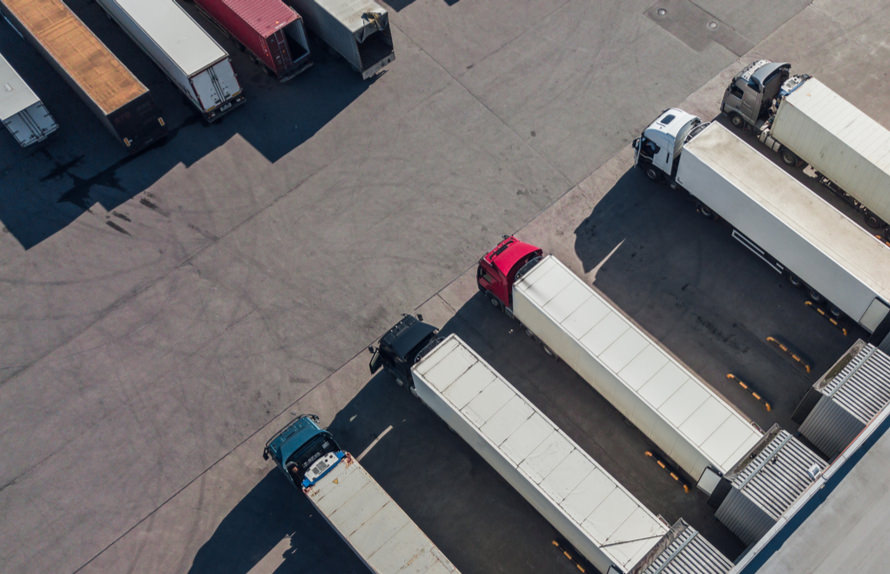
Shopify is quickly becoming the biggest marketplace for ecommerce sellers. Because it’s a no-code-necessary platform, anyone can set up an online store and sell goods, accept payment methods, connect with partners (for fulfillment as an example), manage product pages and inventory. Plus there are built-in analytics to track all facets of products, sales, and shipments.
It’s a perfect platform for small to midsize businesses. If you’ve started your business on Shopify but are now too big to handle fulfillment in-house it’s a daunting idea to outsource to a 3PL. You’re probably thinking ‘Will my Shopify inventory match the 3PL’s inventory? How will returns management work?’
Connecting a fulfillment provider with your Shopify page can be simple, straightforward, and your customers don’t have to know the difference.
Who uses Shopify? What Does Shopify Provide For Sellers?
Shopify is a great platform for startups and small businesses bringing products to market, because they don’t have to invest a huge amount of money to set up the complex parts of an online store (web development, hiring a designer, figuring out shipping charges, setting up sales tax adjustment, etc).
The platform also streamlines internal systems; before Shopify many processes were clunky and manual, involving uploading spreadsheet data to a warehouse management system (WMS) where inventory is stored. Shopify takes a lot of the effort out of managing an online shop by automating every step of the set up and management.
None of these perks have to go away if you decide to outsource fulfillment to a 3PL.
What do Shopify and 3PLs Have in Common?
Answer: they can both help small to medium sized businesses grow.
Shopify is ideal for small teams to have a big impact. Even an individual can make it look like they are a slick big brand. Shopify’s plug-and-play options relieve small business owners from having to purchase expensive software packages or expert help to include these capabilities in their shop page.
A 3PL is a great partner to help take over fulfillment management, inventory planning, and shipping partner relationships. By moving from in-house to outsourced fulfillment, you’ll ideally have more time on your to iterate new products, focus on marketing, and grow your business.
If you’re a Shopify seller, you’re likely a small or medium sized business, and maybe you’re at capacity with your in-house fulfillment. It’s hard to know when it’s time to outsource fulfillment. It may seem daunting to port your Shopify information to a fulfillment provider’s warehouse management system (WMS). It doesn’t have to be. Many 3PLs have tried and tested integrations with numerous platforms, Shopify being one of them.
Does Your 3PL Integrate with Shopify?
They better! Some 3PLs have built-in Shopify plug-ins that allow sellers to seamlessly keep their Shopify page the same, but connect it to a 3PL to manage fulfillment and shipping.
For example, DCL Logistics has an app on Shopify that enables sellers to see real-time DCL inventory information within the Shopify interface. This eliminates potential errors like selling out of a product.
This type of integration is becoming more commonplace with fulfillment providers. It hasn’t always been something 3PLs provide, but as Shopify is getting bigger it’s becoming a necessity.
Linking Shopify to Your 3PL
This integration can be fairly seamless if you work with the right partners. There are many permutations to how you can set up your inventory workflows. Either set the inventory to be managed by Shopify or you can have it managed by your 3PL.
With the DCL Logistics app, the orders that are placed through Shopify basically go directly into the DCL system. This makes order management simple because it’s automated—nobody has to press a button or download a spreadsheet. Once you set up the Shopify store and connect the DCL plug-in orders will flow directly to the DCL team to process.
You can send test orders if you want to see what new packing looks like, or if you are working with another 3PL and you’re testing out if you want to move inventory over to DCL. You can set up the customized email notifications to come from Shopify or from DCL. The status of orders can be adjusted so that the frequency of when its transmitted is tuned to your liking. For example, if some sellers transmit the orders to DCL immediately, and some sellers prefer to wait for returns or cancellations or fraud analysis.
The benefit of outsourcing to a 3PL like DCL is that you have real people, not a call center, handling your inventory and your business.
If you are a Shopify seller looking for fulfillment and shipping support, DCL Logistics has lots of experience working with brands like yours. Drop us a line to get a quote and hear about our many services and integrations.
Tags: Omnichannel Fulfillment






